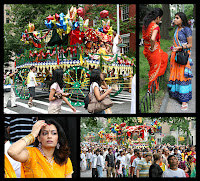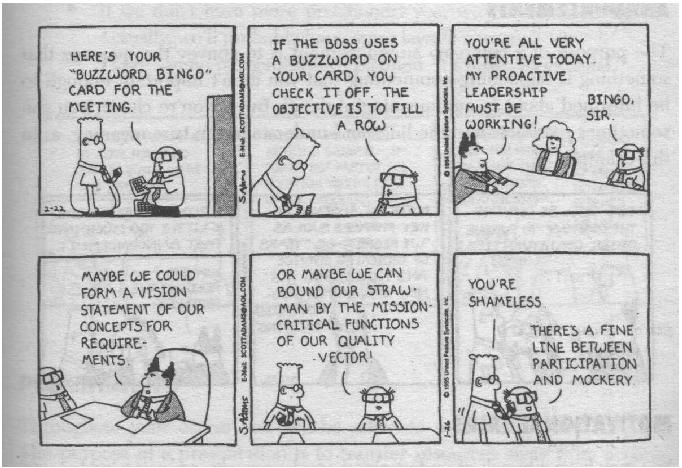Causeless
→ Unplugged Ice
Many years ago i rode a bus between Delhi and Agra as a traveler. I wasn't an aspiring devotee then, just someone who had left London in search of some meaning and adventure in his otherwise humdrum, run-of-the-mill life. Even though i didn't know it at the time, this trip to Agra took me for a brief few minutes through places where Krsna had enacted many of His pastimes; the heart of Braja. I was driven in-between Vrndavan and Govardhana and then along the outskirts of Mathura. I can honestly say that this seemingly passive incident in my a priori spiritual journey affected me in a positive way.
A different situation, but similar effect, happened about three years ago when i spent a couple of months at the asrama in Govardhana. My sadhana was shot from all my travels and crazy schedules, i had no taste for the Holy Name, and among many other problems i was a spiritual wreck. And yet, even though nothing improved from my endeavors and works during that stay, i still felt as if i reaped some unseen, causeless benefit from being in the presence of Giriraja. After my stay i felt somewhat rejuvenated from simply being there - i didn't do anything to bring this on apart from stay there.
This year was similar. For various reasons i had become run-down and weakened by staying in the West for a long time. Sense gratification becomes the norm in America and Europe as maya lures one like a seductress with many different dresses to suit different occasions and tendencies. I was worn out and tired. Again, it seemed that my time in the Dhama was unproductive, i know i could have achieved a lot more. But yet again, on reflection, i can see that by just having put myself in the care of the Dhama it has affected me in a deeper more subtle way without my reciprocation.
Why do we go to places of pilgrimage? In the Bhagavatam (1.13.10 purport) Prabhupada says "To go to some holy place of pilgrimage does not mean only to take a bath in the Ganges or Yamuna or to visit the temples situated in those places. One should also find representatives of Vidura who have no desire in life save and except to serve the Personality of Godhead." The Holy Dhama is recommended to be resided in for that reason. The Dhama itself, it's residents, and the pilgrims visiting are all sources of understanding the goal of life. What did Prabhupada say about the goal of life?... something about being addicted to Krsna. In some places this addiction is more contagious. We can only aspire for it by making some good choices.














